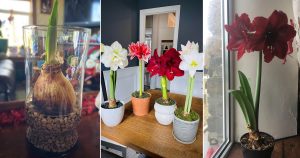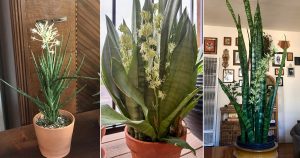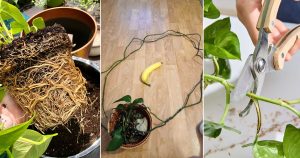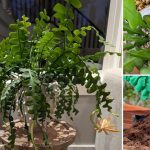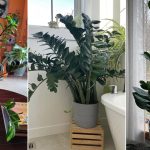Those tacky little air plants glued onto magnets and stuck on refrigerators everywhere during the 1980s are making a comeback. And for good reason. They’re pretty, cheap, easy to care for, and don’t make a mess. What more could you ask for in a house plant? A couple months back I saw tillandsia used to make a really neat, modern, vertical “planting” and they have been stuck in the back of my brain ever since.
Tillandsia are “epiphytes” which means that they absorb water and nutrients through their leaves, not through roots, as is typical with most plants. This is great for an indoor plant, because it means that there is no dirt for bugs to hang out in, and no water to get all over the floor.
I was going to take step by step photos of what I did to create this tillandsia “pot” but it was so basic, there wasn’t really anything to photograph. I filled a glass vase with small pebbles and then placed the tillandsia on top, covering it’s roots with pebbles to hold it firmly in place.
Caring for tillandsia is very easy. Simply run a gentle flow of water all over your tillandsia’s leaves 2-3 times a week and then pop it back into place. Every couple of weeks, give it a special treat and completely submerge it in a bowl of water for a few hours. Fertilizing Tillandsia is not really necessary, but it will result in faster growth, better flowers and more pups (new plants formed by offshoots from the original plant). If you want to fertilize, use a fertilizer meant for bromeliads at 1/4 strength once a month.

